Taiwan’s Center for Disease Control has announced the island territory’s first case of the mosquito-borne chikungunya fever in a 40-year-old woman who recently returned from China.
The report comes as the most recent ailment outbreak surpasses 10,000 in the City of Forshan in the mainland’s Guangdong Province.
Taiwan has since updated its travel advisory, calling on its citizens to take “enhanced precautions.”
The woman’s home came under scrutiny with health officials investigating it for infected mosquitoes
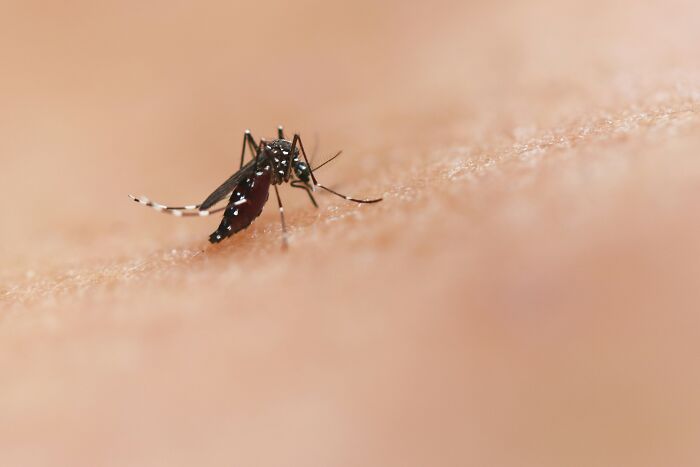
Image credits: Unsplash /niaid
The woman who contracted the virus had been visiting family in China since the middle of July, during which she remembers being bitten by mosquitoes.
She returned from her vacation on July 30, and by August 1, she fell ill. She was admitted to the hospital on the same day, complaining of joint pains and showing rashes.
The unnamed woman had heard about the chikungunya fever during her return trip, and Taiwan’s Taipei Times reported her telling “medical workers about her travel history and that she had been bitten by mosquitoes.”

Image credits: Unsplash / fusion_medical_animation
The country’s CDC indicated she was discharged after four days at the medical facility but stated she would continue “to be monitored until August 26.”
The government organization reported that local health authorities have since visited the woman’s home, where they “completed a vector mosquito density investigation, mosquito breeding source elimination and pest control activities.”
The CDC warns that there is no “specific treatment for the virus”
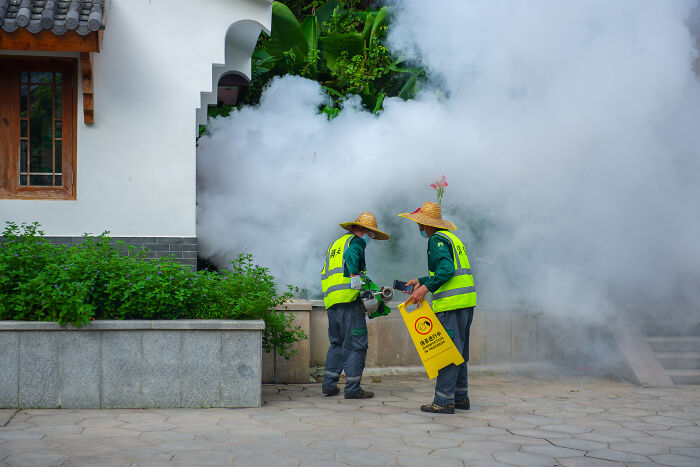
Image credits: Getty / VCG
Following reports that 2,892 were infected between July 27 and August 2, the Taiwanese CDC raised its travel advisory for China’s entire Guangdong province by two levels, calling for “enhanced precautions” when visiting the outbreak’s epicenter.
The most recent victim is Taiwan’s seventeenth known case for 2025, making it the highest tally in six years.
The CDC reported that chikungunya fever has been detected in 110 other countries, including Asia, in Indonesia (13), the Philippines (1), and Sri Lanka(1).
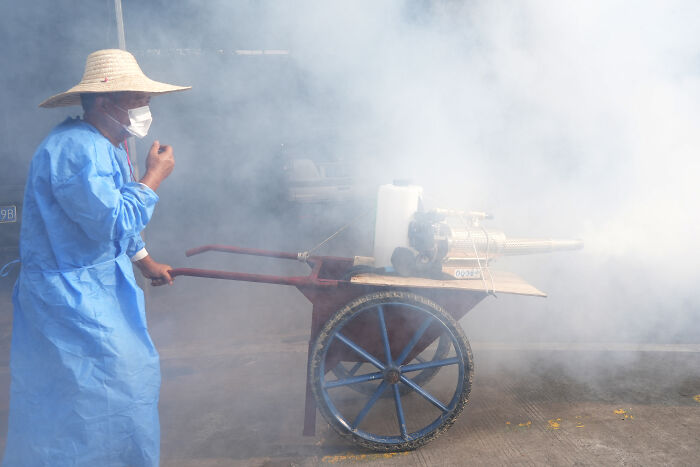
Image credits: Getty / VCG
But “Chikungunya fever is rarely fatal,” the website explains.
“Symptoms are similar to dengue fever, but the difference is that some patients will have severe joint pain (lower back, ankle, knees, wrists or phalanges) for several weeks, months, or even years.”
The organization advised travelers to wear light-colored clothing and use “approved repellents” and warned that there is no “specific antiviral treatment for chikungunya virus, only medications to alleviate the symptoms.”
The European Union claims there have been 240,000 known cases since the start of 2025
In its July situation update, the European Centre for Disease Prevention and Control (ECDC) offered a broader perspective of chikungunya fever’s impact on humanity.
It claimed that 240,000 cases had been diagnosed since the start of 2025 across 16 countries, including “the Americas, Africa, Asia, and Europe.”
The ECDC further noted that the virus has claimed a total of 90 lives.
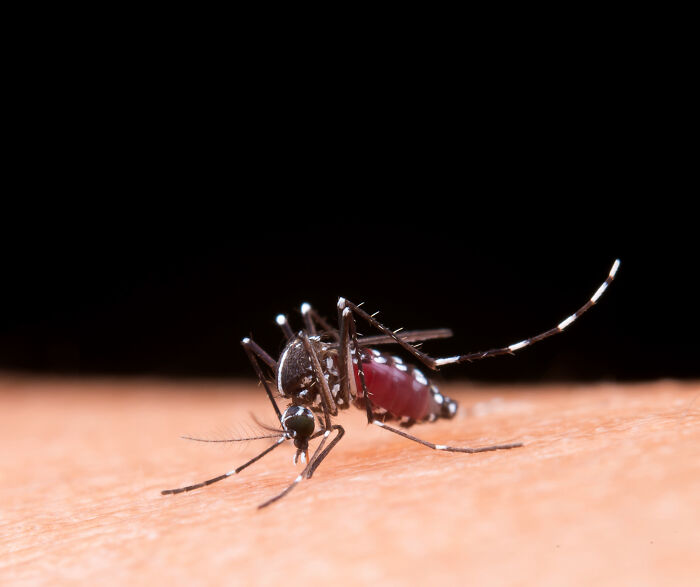
Image credits: Freepik / jcomp
It went on to say that despite the rapidly inflating statistics in the Chinese epicenter of Forshan, South America produced the highest number of infections worldwide, with Brazil leading the pack (185,553), followed by Bolivia (4,721), Argentina (2,836), and finally Peru (55).
The World Health Organization has since sounded the alarm
The World Health Organization has since also weighed in with its epidemiologist Diana Rojas Alvarez, MD, PhD, saying:
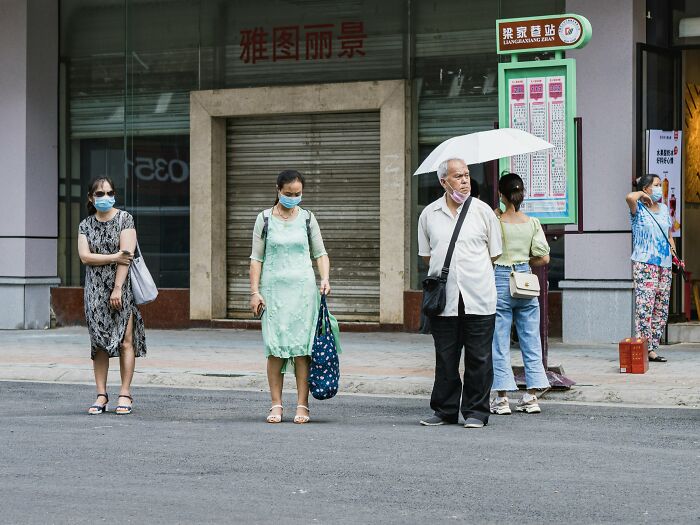
Image credits: Unsplash / northwoodn
“Chikungunya is not a disease that is widely known, but it has been detected and transmitted in 119 countries globally, putting 5.6 billion people at risk.”
She recalled the virus’s earlier outbreak between 2004 and 2005 when it infected half a million people in Asia.
“Today, WHO is seeing the same pattern emerge: since the beginning of 2025, Reunion, Mayotte, and Mauritius have all reported major chikungunya outbreaks,” Reuters reported her as saying on July 22.
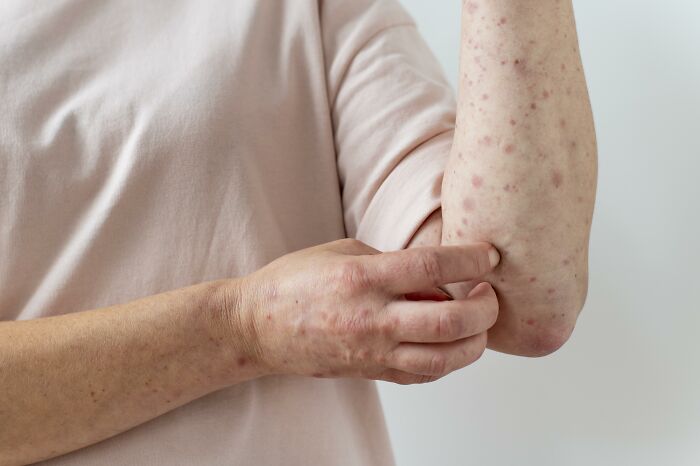
Image credits: Freepik
“One-third of the population of Reunion is estimated to have been infected already,” she told a press briefing in Geneva.
“Because these patterns of transmission were seen in the outbreak from 2004 onwards, WHO is calling for urgent action to prevent history from repeating itself.”
Internet says, “Nope, we aren’t doing this again”










 Follow Us
Follow Us




